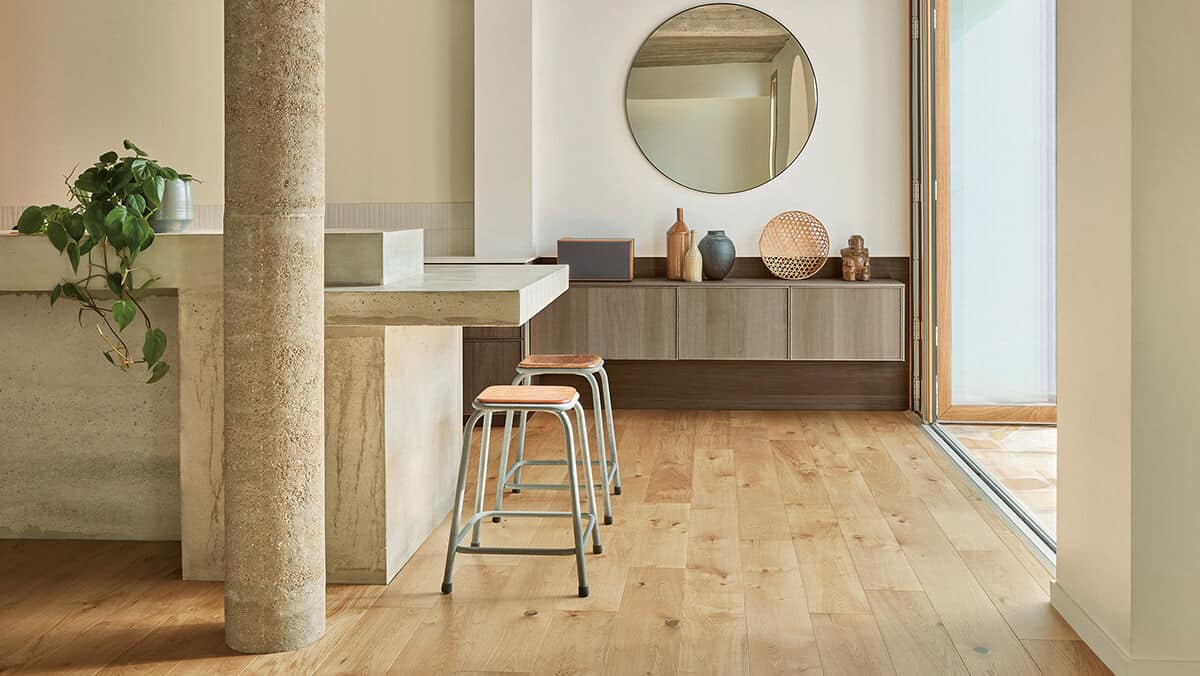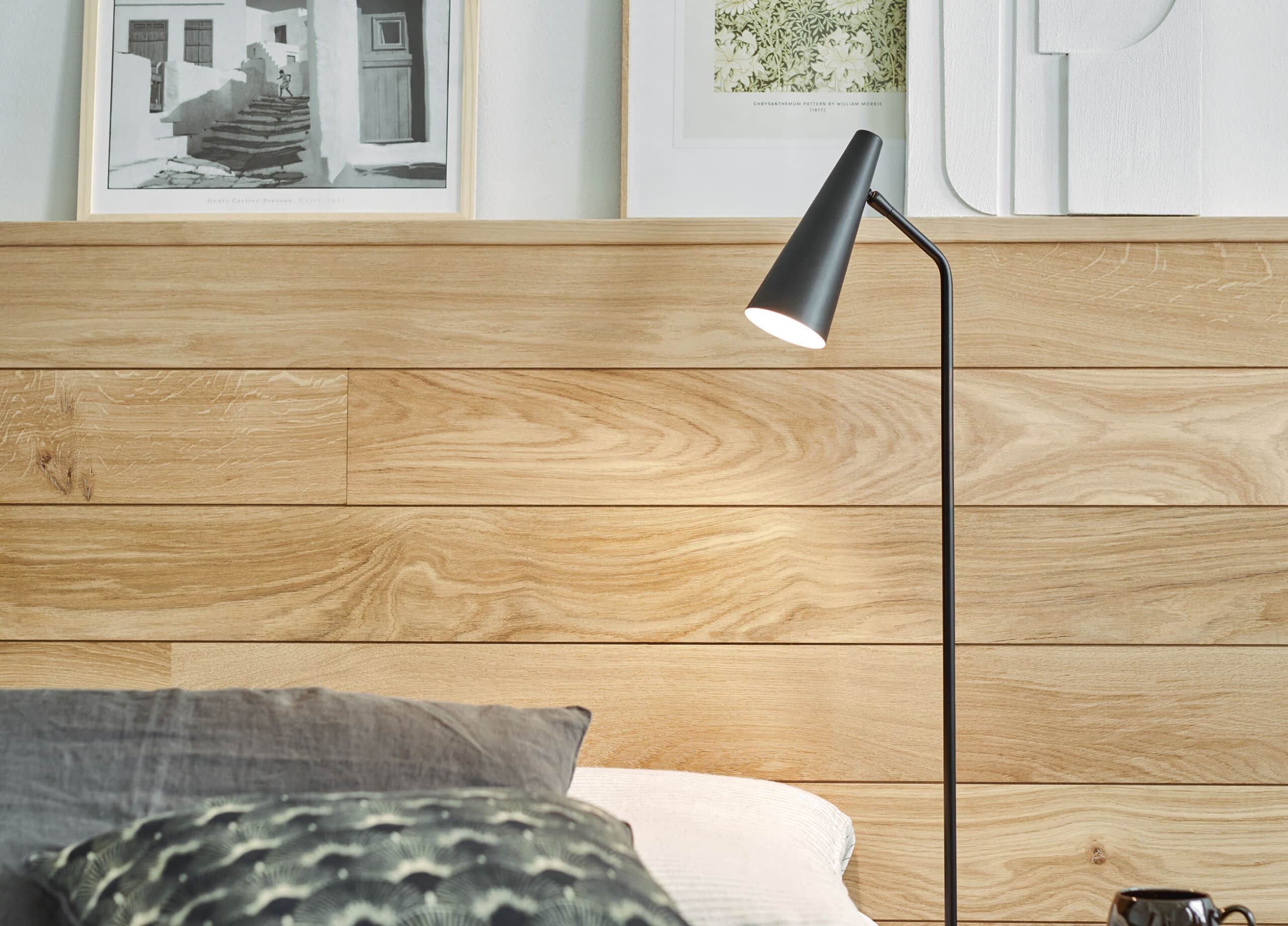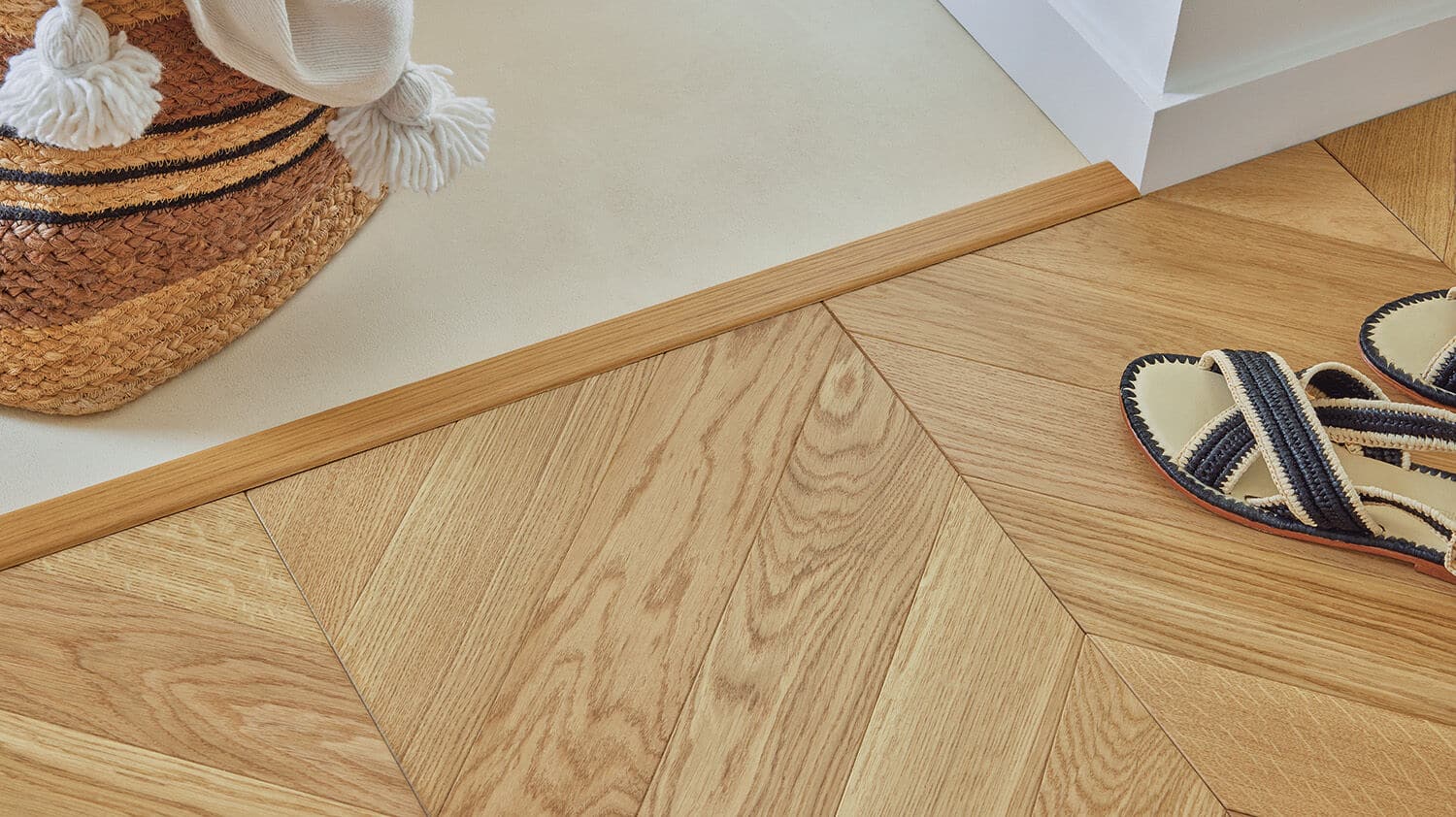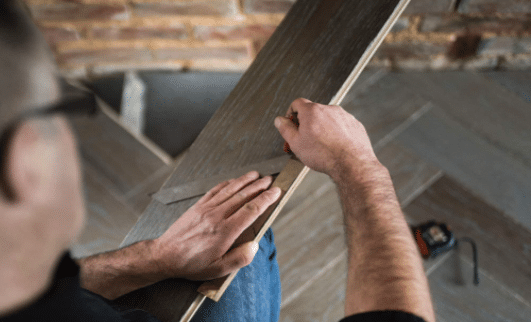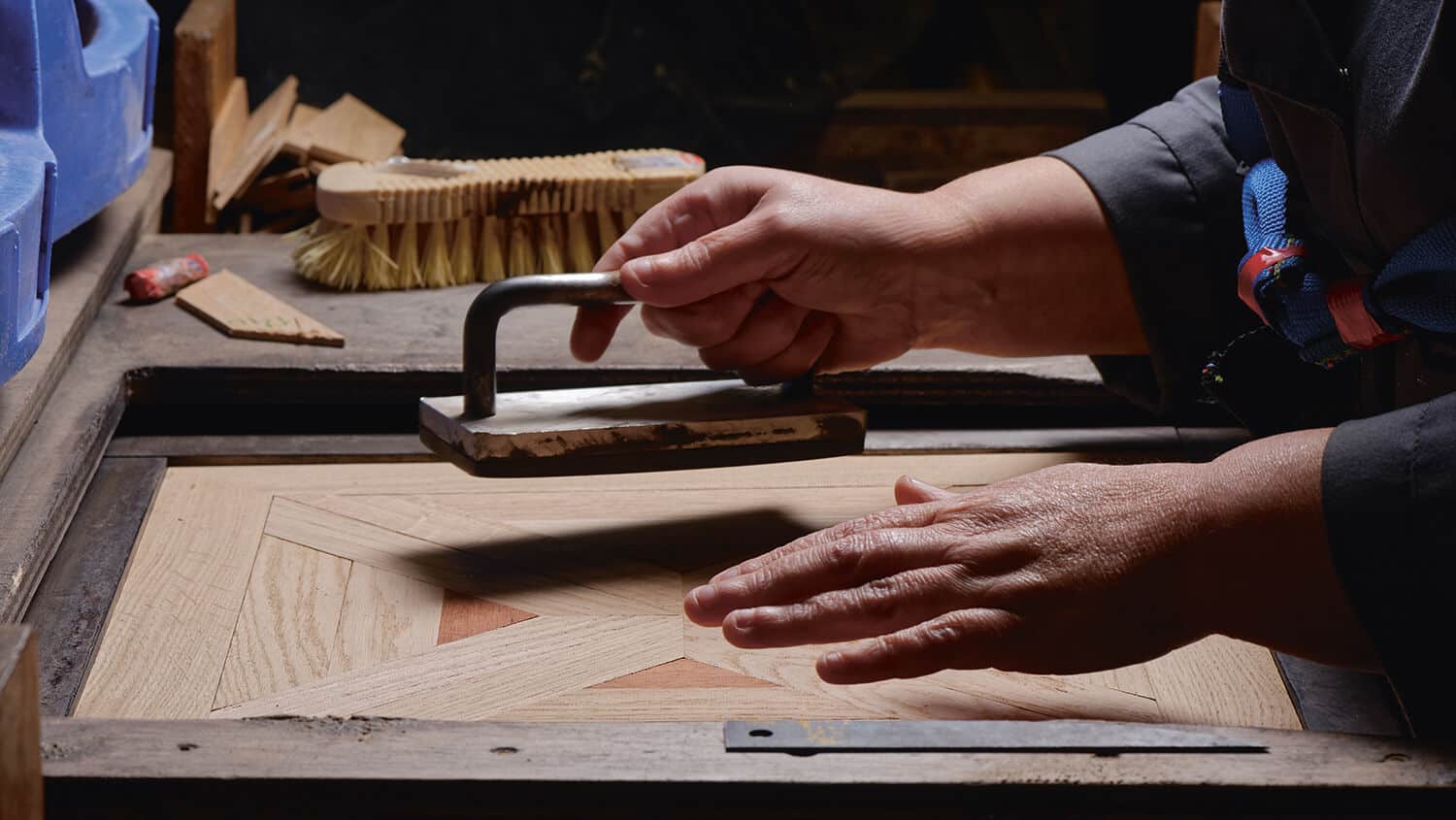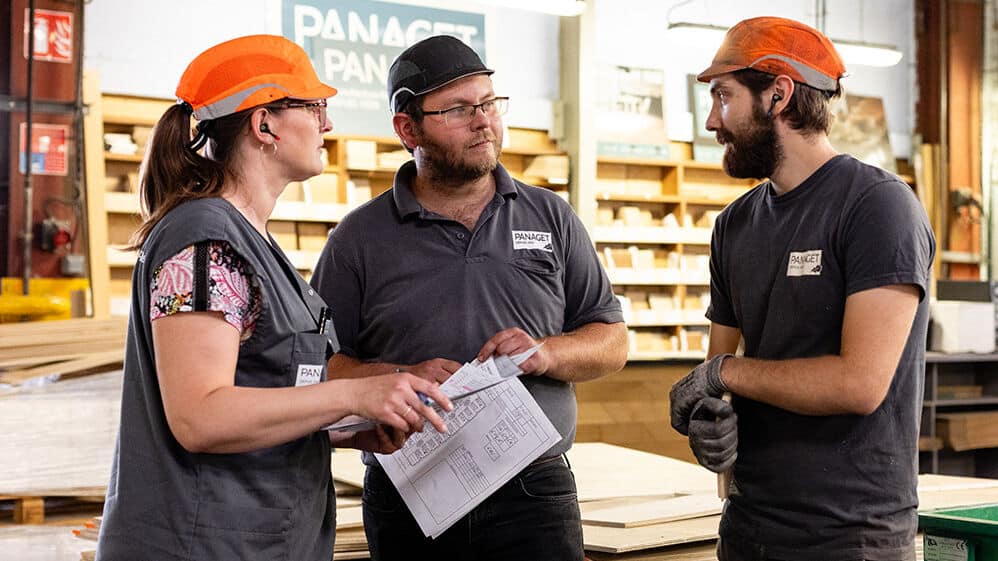What underlay to choose for floating wood floors?
There are several types of wood floor available, and among them, floating wood flooring is one of the most common. After choosing this type of floor for its benefits, it’s essential to select the appropriate underlay.
Indeed, your floating wood floor does not rest directly on the room’s floor. It is laid on an underlay, which can provide sound insulation.
Note that the underlay for floating wood floors is mandatory, and several models exist, each with different characteristics.
So, which underlay is most suitable for a floating wood floor?
What thickness of underlay to choose?
The thickness should be chosen based on the surrounding rooms with different floor coverings in order to stay level.
How to choose the underlay that matches the insulation you need?
The sound insulation provided by the underlay of your floating wood floor
Those who have experienced noisy upstairs neighbors know that sound and impacts can easily transmit from one floor to another. The purpose of wood floor underlays is to reduce these noise disturbances, also known as sound insulation.
Note that sound insulation refers to the ability of an underlay to prevent transmitted noises from propagating from the outside to the inside of a dwelling.
In other words, the underlay of a floating wood floor aims to reduce the transmission of impacts (footsteps, falls, washing machine vibrations) between the flooring and the floor. Depending on your dwelling, your neighborhood, and the room where your flooring is laid, your needs may vary.
Thermal insulation
This criterion should be closely examined if you have underfloor heating. Indeed, the thermal resistance of the underlay should be as low as possible.
Which underlay to choose for my floating wood flooring based on the the room’s floor?
The underlay will, to some extent, protect your floating wood floor from rising moisture.
However, on risky surfaces, a moisture barrier must be installed. Conversely, on wooden surfaces, the most breathable underlay possible will be necessary.
What are the different types of underlays for floating wood floors?
Polyethylene foam underlay: the most economical underlay
Ready to install in roll form, it is the most common underlay for its ease of installation and price.
> It can adapt to installation on heated floors due to its low thermal resistance.
> It is breathable enough to be used on wooden floors.
> It should be complemented with a moisture barrier on risky surfaces.
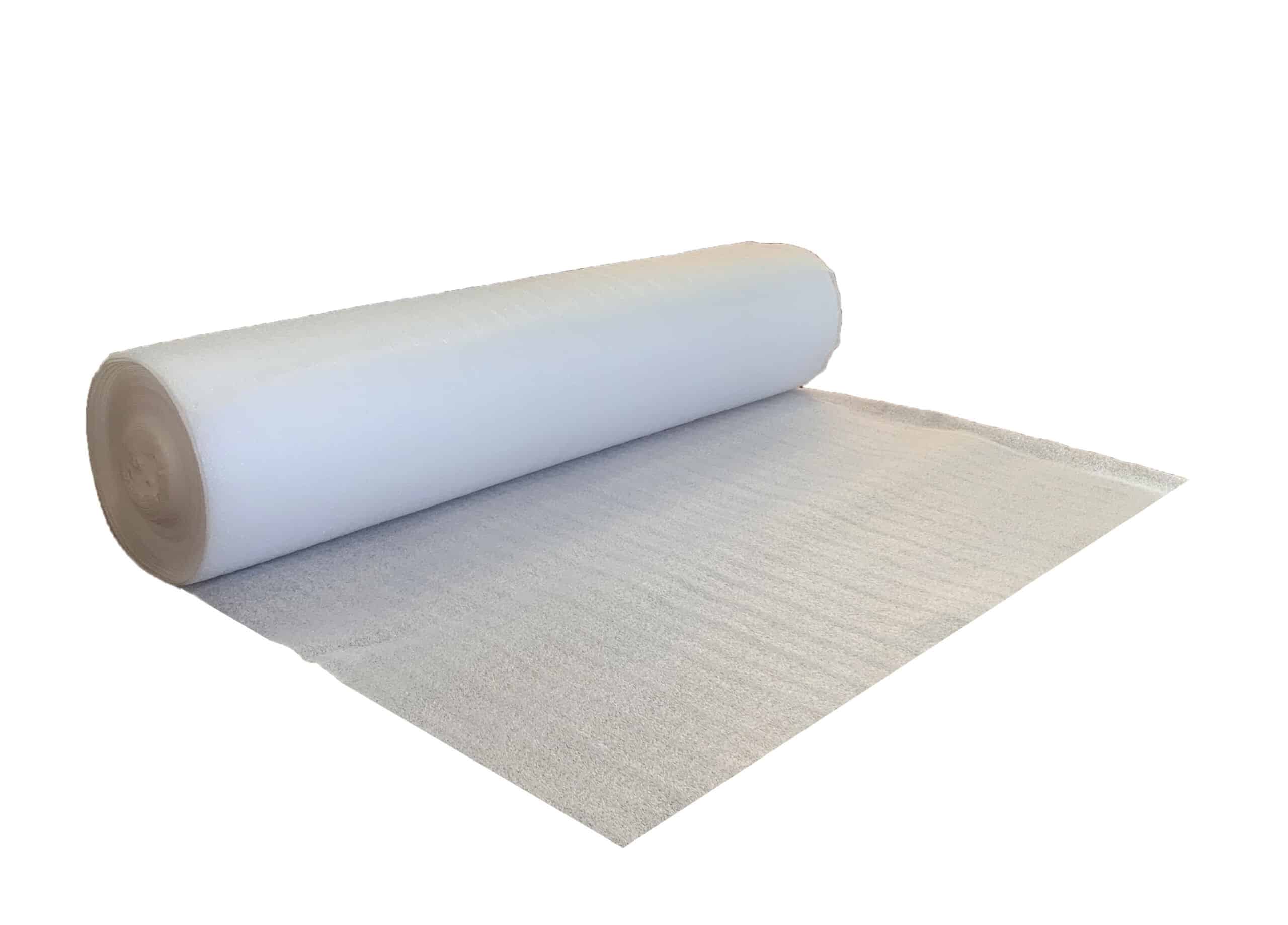
Polyethylene underlay with polyethylene film: high-performance underlay
Ready to install in roll form, the polyethylene underlay with polyethylene film offers several advantages.
Its sound performance meets current standards.
> The integrated 200-micron polyethylene film provides a moisture barrier.
These two features make it incompatible with wooden surfaces and heated floors.
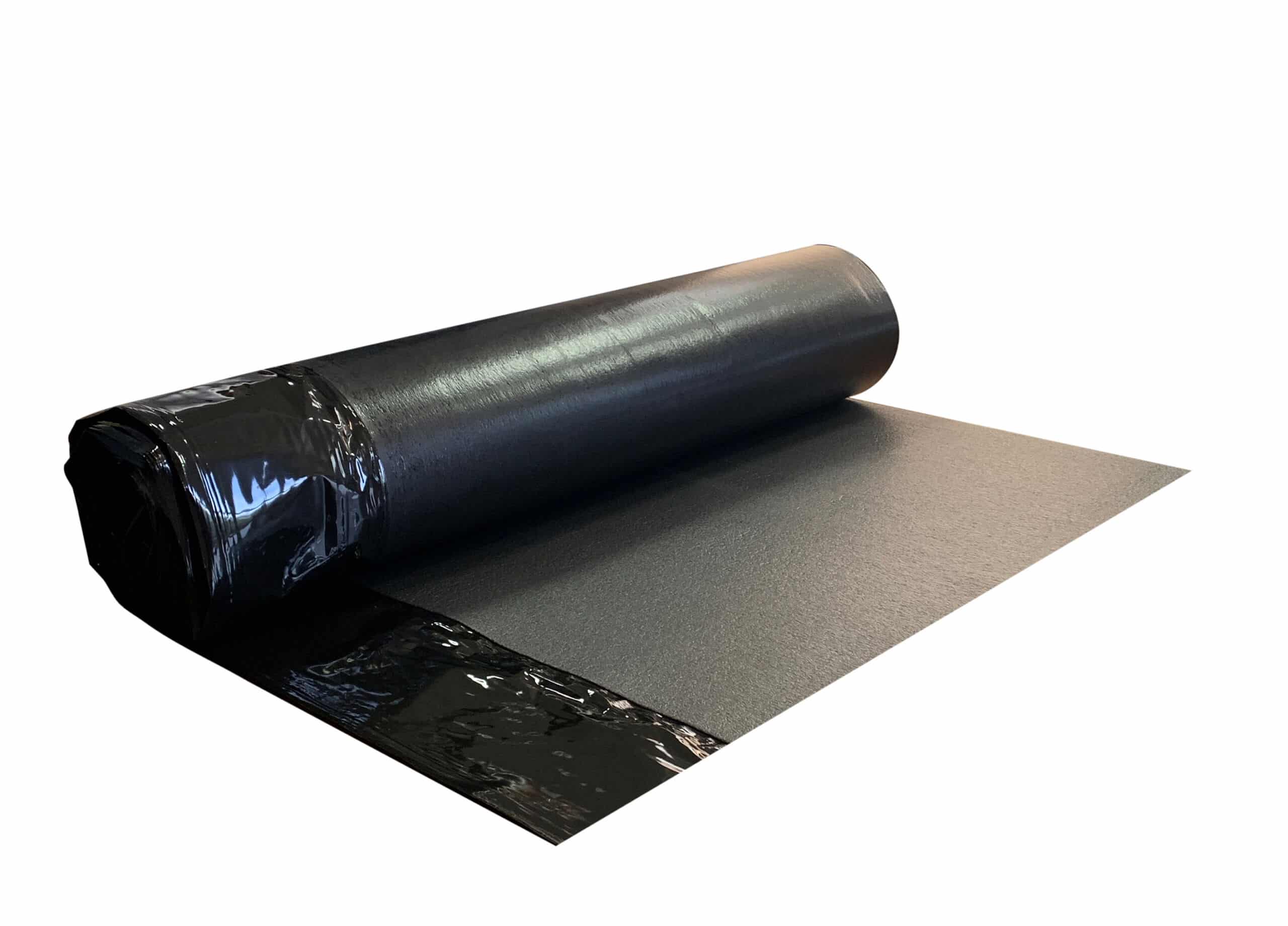
Cork and rubber underlay: the most comprehensive
Ready to install in roll form, cork and rubber underlay is a very good ecological alternative to underlays from the industry.
> Its 2mm thickness reduces the overall height.
> It can be used in floating and glued installations.
> Its sound performance meets current standards.
> It offers excellent acoustic insulation by absorbing impact vibrations.
> It is resistant to impacts.
> It is ecological, made of cork and rubber from recycling.
> It is breathable enough to be used on wooden floors
> It should be complemented with a moisture barrier on risky surfaces.
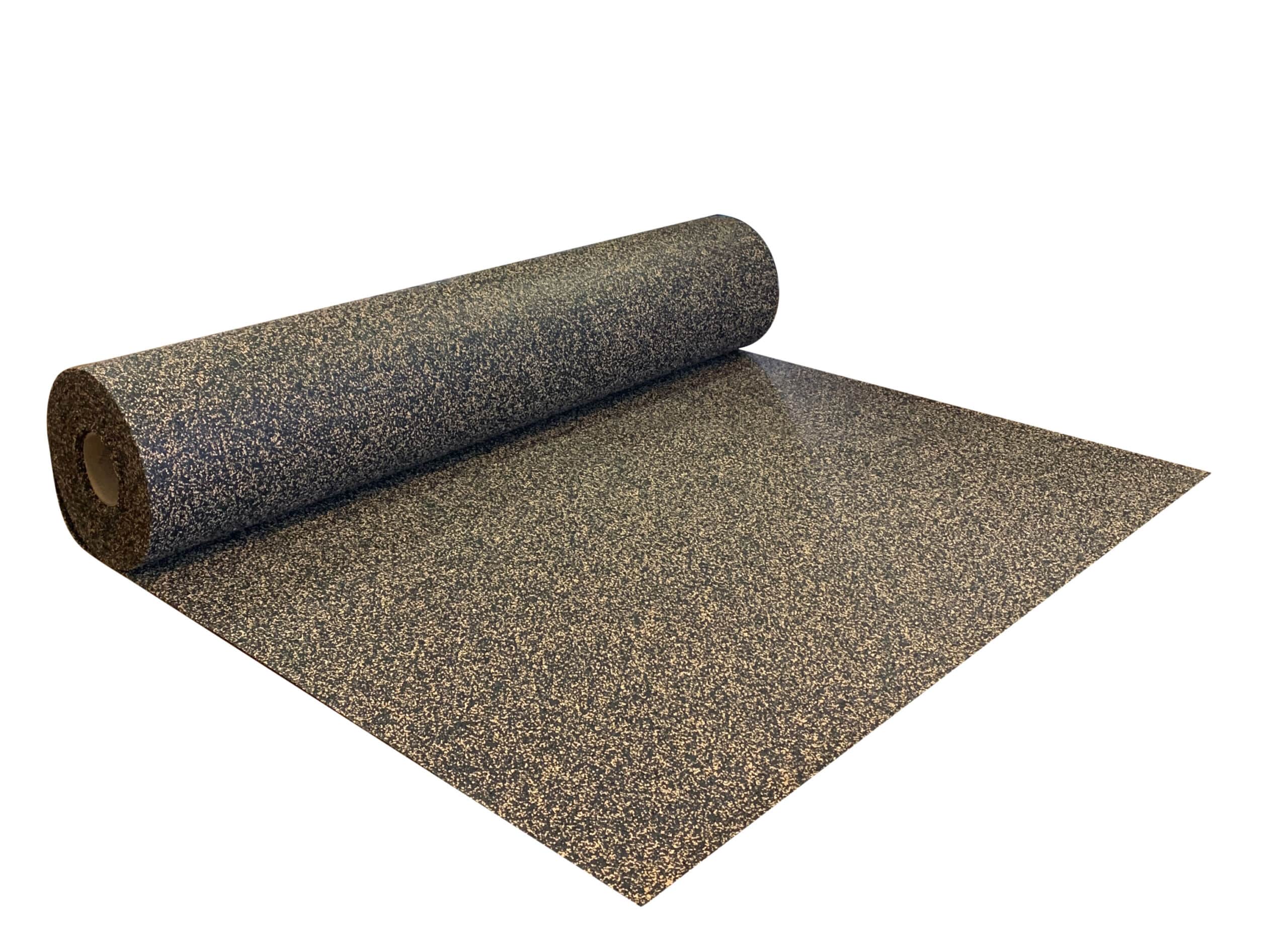
If you have any questions, the Panaget teams are at your disposal. Feel free to contact our advisers to learn more!

